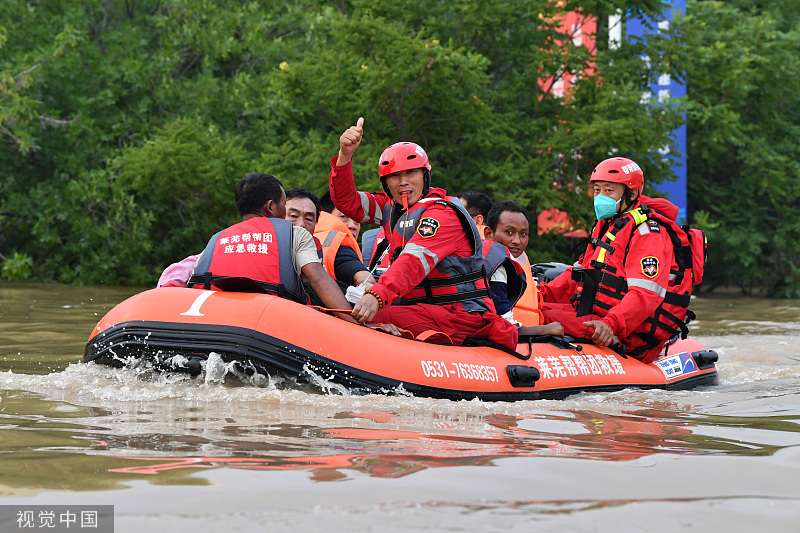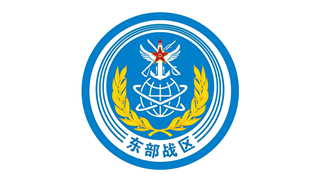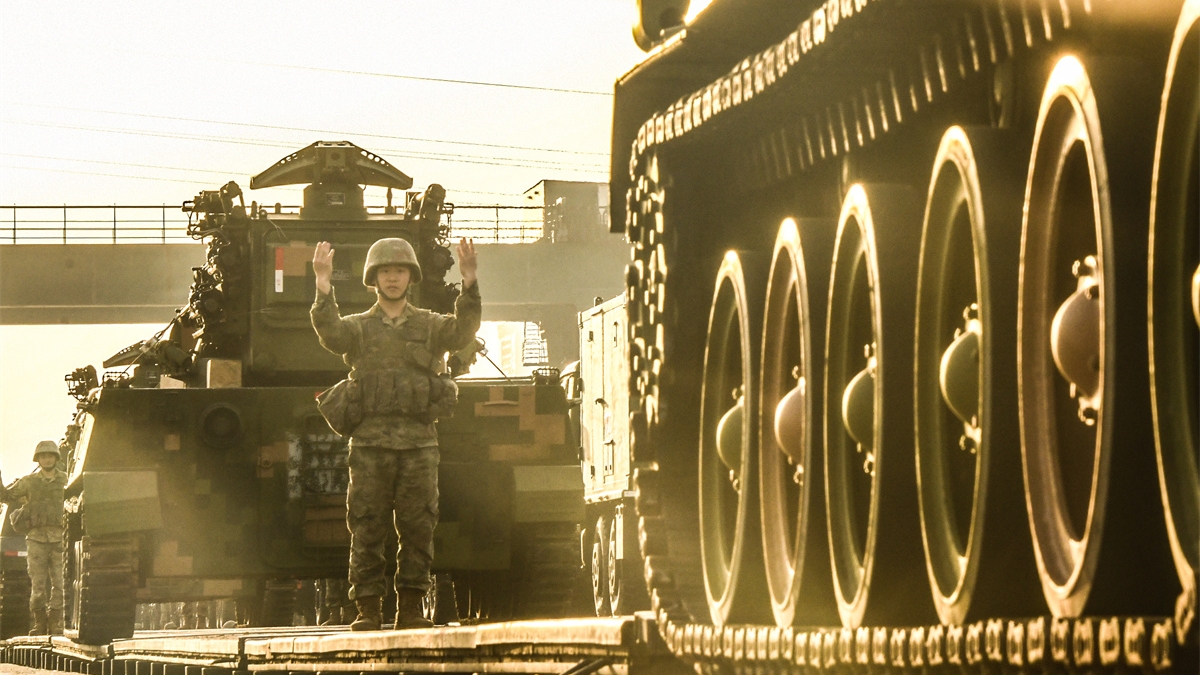
Volunteer responders should be trained for missions in treacherous waters
Rescue work in flood-stricken Zhuozhou, Hebei province, is almost complete, with civilian teams successively evacuated from the city. The local government is now busy tackling mud-dredging and disinfection work, and resettling those affected by the disaster.
The Ramunion rescue team is one of those pulled out of the city. A statement issued by the team on Aug 3 said the flooding had stabilized and the on-site rescue force was at maximum capacity.
Zhuozhou, a city with six rivers flowing through it, was hit by floods from late last month to early this month due to heavy rainfall in the Beijing-Tianjin-Hebei region.
In addition to government-organized rescue efforts, more than 150 civilian squads, including the Blue Sky rescue team and the Ramunion rescue team, had arrived in Zhuozhou by Aug 2.
These civilian forces played an important role in disaster relief, but experts emphasized the need for an efficient coordination mechanism for such rescue teams in complex flood situations.
The statement issued by the Ramunion team said it began rescue work early on Aug 1. Using helicopters, the team saved 39 people trapped by floods and brought another 230 stranded residents to safety by using boats.
Zhang Anqi, head of the Beijing Ramunion rescue team, said in an interview with China Business Network in Shanghai that flood levels in Zhuozhou had started to fall and the main difficulties in rescue work had been overcome. The government has now taken charge of follow-up work.
He added that the elderly, women, children and others who needed to be rescued were evacuated. However, due to the depth of water and the city's narrow roads, some people may still be waiting to be saved, as evidenced by requests for help posted on social media.
Zhang said infrastructure damaged by flooding also resulted in poor local communication signals, making it difficult to contact people.
"Many rescue teams have flocked to Zhuozhou, but I do not recommend that everyone rush to the city, as the waters are extremely treacherous. The depth can range from 1.5 to 6 meters, and there are also various hazards under the water. It requires experienced and skilled personnel to navigate these conditions," he was quoted as saying.
Zhou Yahui, a member of the Peaceland Foundation team with more than a decade of experience in water rescue work, said the team arrived in Zhuozhou on Aug 1 after completing its work in Fangshan district, Beijing.
He stressed that those involved in flood emergencies should be trained specifically for rescue work in torrential waters. However, members of some teams had only been trained to work in calm waters — exposing weaknesses in their rescue skills, equipment and experience.
For example, Zhou said the hulls of rescue boats should be thickened to prevent them being pierced by sharp objects, and vessels' propellers should be protected to prevent damage from underwater obstacles. Many teams lost power from their boat engines in Zhuozhou, resulting in accidents and casualties.
Zhou added that in one village, the Peaceland Foundation team was the only one on the scene on the first day, due to damaged local communications. To send a message requesting help, team members had to drive to a location where there was a signal. Although nearly 10 rescue teams arrived next day, many of their boats were not suitable for the conditions and quickly became damaged, forcing the teams to withdraw.
"There were more than 10 cases of rescue boats breaking down, capsizing or becoming stuck. This primarily highlights the importance of technique and experience," he said.
In general, the professionalism of civilian rescue teams is not that high, and their tasks often come with great risks. However, due to a lack of sufficient training and practice, some rescue workers are not fully aware of the dangers involved, Zhou said.
Having taken part in a number of international rescue missions, Zhou believes that China's civilian teams are better than those in many other countries, even though there is room for improvement.
He added that many countries do not have the number of civilian teams that China does to handle such large-scale natural disasters. Moreover, the response of numerous countries pales in comparison to the Chinese government's strong organizational and coordination abilities.
Zhou identified some issues with resource allocation during the Zhuozhou flood rescue operation, noting that the response in the city was much slower than in the capital's Fangshan district.
In Fangshan, a command and coordination system was established from town to village level on the day the flooding occurred. A village rescue and emergency response system was also set up.
Village danger zones were first assessed, and external rescue forces deployed according to the situation. Village victims were also resettled in a designated town location.
However, in Zhuozhou, it took several days to set up a grassroots coordination system after the flooding occurred.
Zhou suggested that two advantages of civilian rescue forces are their flexibility and ability to use resources efficiently, adding that making good use of these teams could improve overall rescue efficiency.
In the early days of the disaster, several teams said they were required to provide local invitation letters in order to conduct rescue operations across provinces, which sparked heated debate online. Many netizens questioned the policy and called for the procedure to be simplified to save more residents. Others argued that unqualified rescue teams could worsen chaos at the scene.
However, the authorities in Zhuozhou said they did not impose such restrictions on rescue teams, as long as they were professional and qualified.
Wang Haibo, coordinator of the on-site coordination center for social emergency forces in Zhuozhou, told Shanghai newspaper Jiefang Daily that the significance of such invitations lies to some extent in the authorities' recognizing civilian rescue teams' qualifications and capabilities. It also helps to keep unregistered, inexperienced or inadequate rescue teams away from a flooded area, Wang added.
System introduced
The Ministry of Emergency Management has introduced the Rescue Coordination System for Social Emergency Forces.
Civilian teams can apply to take part in rescue efforts based on "disaster notices" published in the system. The coordination center then screens and selects suitable social emergency forces for rescue work based on factors such as distance, specialization and equipment. Teams approved are provided with a pass for toll-free travel within a certain distance, and access to the disaster area.
Some 2,000 teams are registered in the system, with many of them assisting work in Zhuozhou under the system, Wang said.
Despite the large number of civilian rescue teams rushing to Zhuozhou, there are concerns about which department can effectively coordinate these forces to ensure they work efficiently.
Lin Hongchao, director of China University of Political Science and Law's Emergency Law Research Center, told The Paper, a digital newspaper in Shanghai, that while the law does not explicitly state which department should handle coordination, rescue teams should follow government orders at the scene.
He referred to the Emergency Response Law implemented in November 2007, which states that severe rain and flooding in the Beijing-Tianjin-Hebei region are sudden events that should be coordinated at provincial level.
"There have been cases where rescue teams rushing to a place with a relatively small area of operation have caused road congestion and potentially affected the movement of supplies. In addition, the expertise of each team varies," he said.
Lin added that local emergency management departments have a good grasp of their respective areas and the extensive civilian rescue teams. However, communication between provinces needs improving. Furthermore, restrictions on cross-regional organization of rescue teams add to the coordination challenges.
Yan Lihua, an emergency management expert from Hubei province, said in an interview with China National Radio that the government is the primary leader in responding to the disaster in Zhuozhou, and it should prioritize the principle of "life first, people first" and make every effort to ensure the safety of those affected.
"For people trapped in the floods, the most important thing for disaster relief is rescue facilities and professional personnel, so it is very important to mobilize nearby rescue forces quickly," Yan was quoted as saying.
Mechanism urged
A collaborative mechanism should be established to enhance regional coordination, use nearby rescue forces and resources to improve efficiency, and establish real-time communication systems for accurate and prompt reporting and disseminating external information to prevent risks arising that are related to public opinion, she said.
Ideally, to ensure the rapid deployment of forces, a green channel should be set up by local rescue management systems for qualified and professional rescue teams, Yan said.
However, there are still barriers between different regions and departments in terms of management authority. In addition, it is difficult for management to judge the professional level of unapproved rescue teams, which often leads to a team being denied access for safety reasons, she added.









